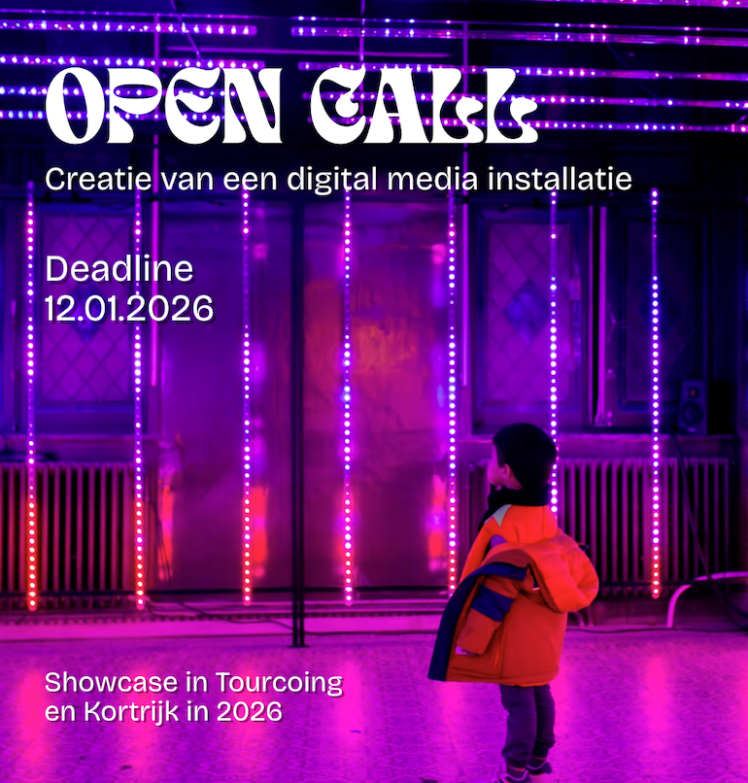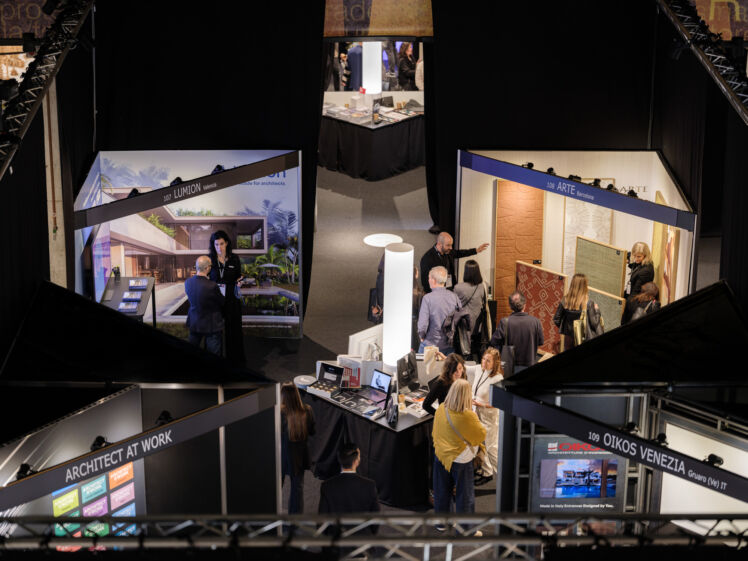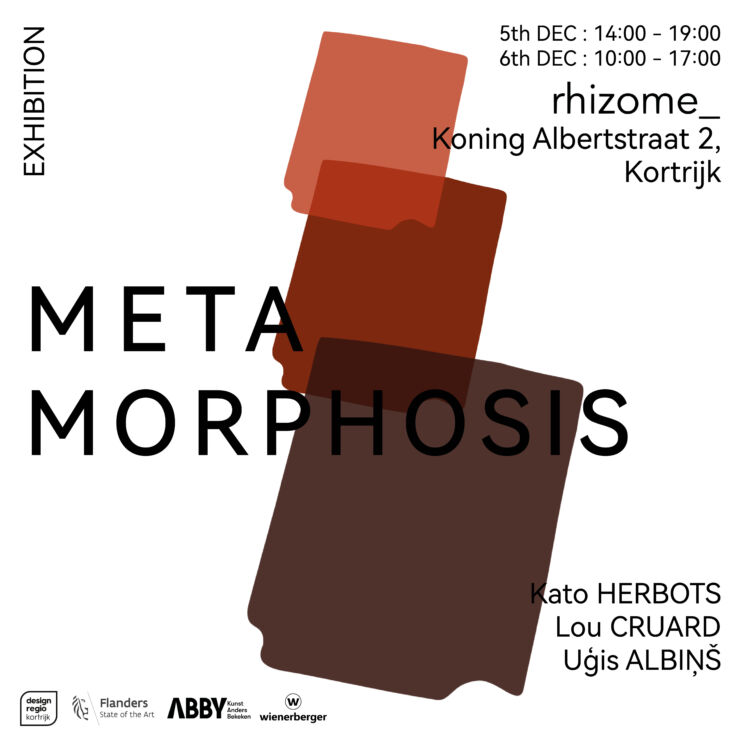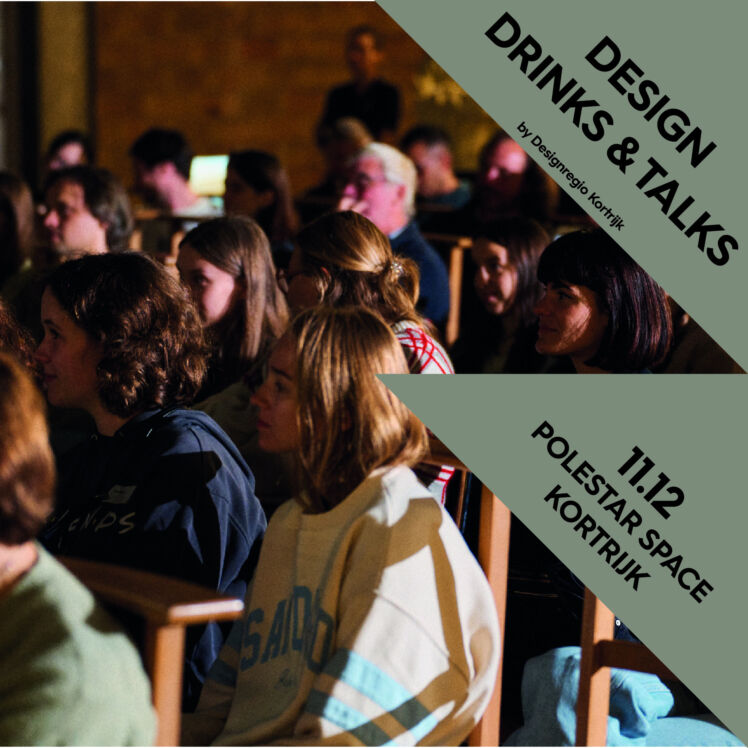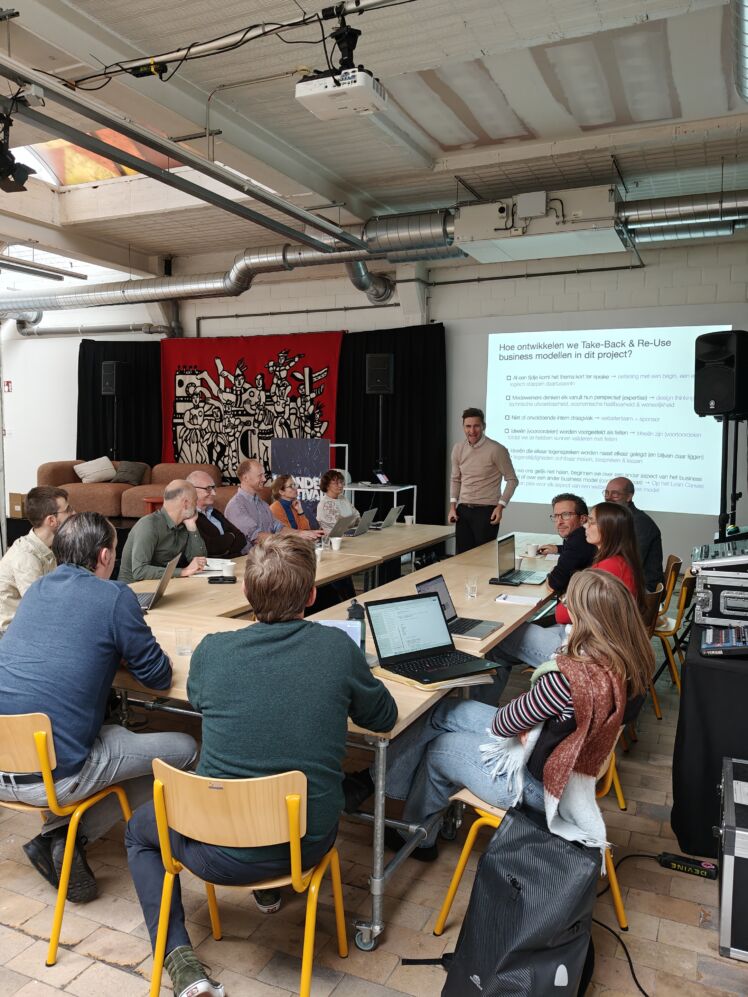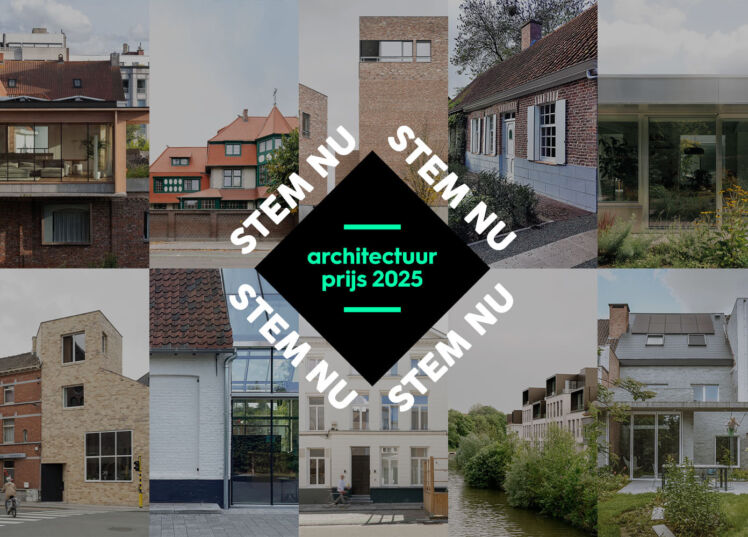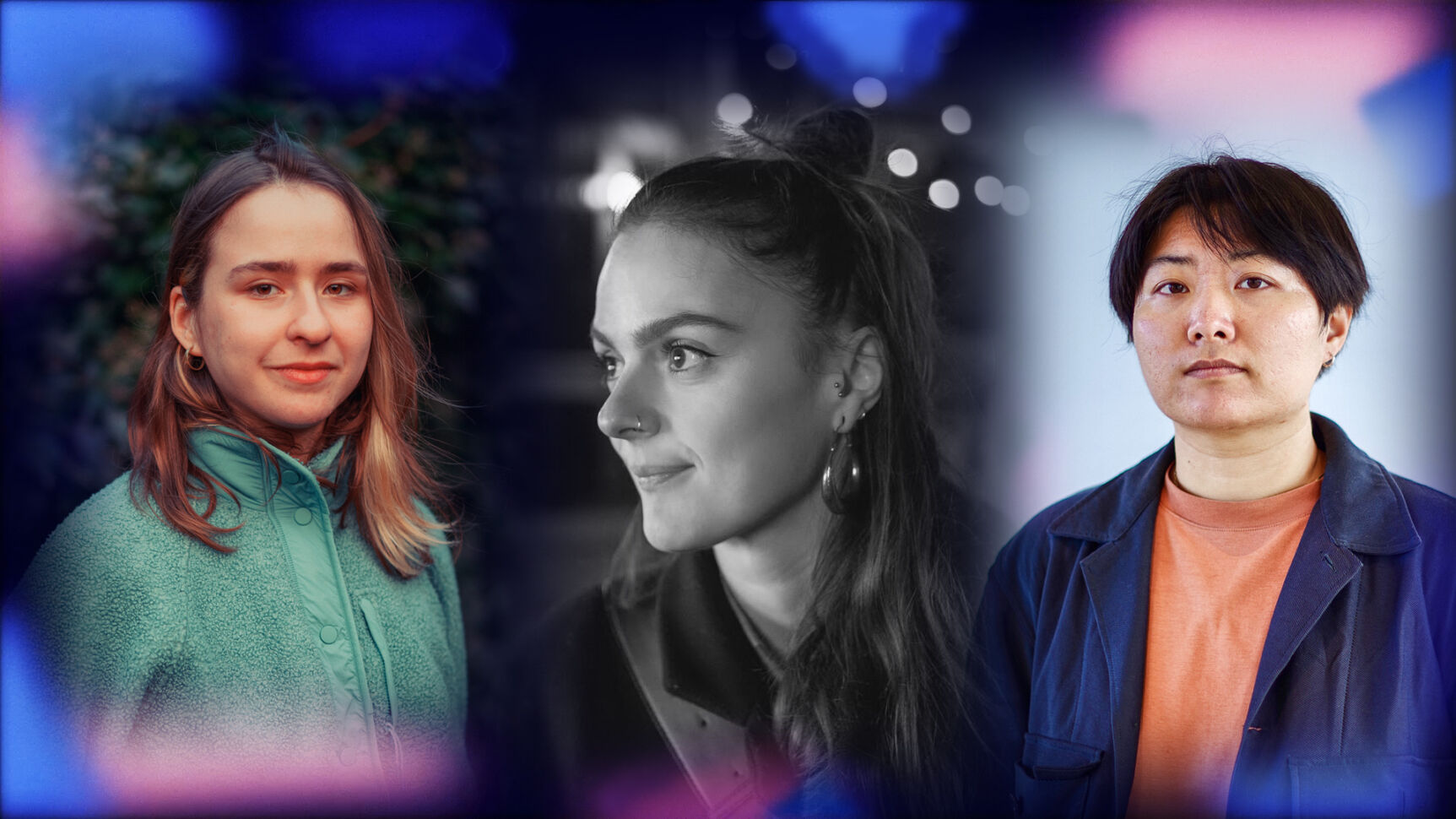
Designers in Residence Kortrijk 2024: the three designers selected for 10th anniversary edition
Each year since 2014, Designers in Residence Kortrijk, organized by Designregio Kortrijk, welcomes three recently graduated designers from all over the world and from different creative disciplines for a unique residency program in Kortrijk.
The organization now announces the three selected designers for the tenth anniversary edition in 2024. They are Eszter Nagy, a Hungarian audiovisual designer and visual artist working in The Hague on the representation of the working class; Julie Merlino, a French interdisciplinary designer focusing on material design, solar energy and storytelling; and Yufei Gao, a multidisciplinary designer and researcher from Eindhoven focusing on the relationship between humans, non-humans and technology.
For three months (from Sept. 2 to Nov. 29), they get the unique opportunity and guidance to develop an experimental concept.
For this edition, Designregio in Vlaanderen is joining forces with Design Museum Gent. During the residency period, designers will be inspired by the community in Kortrijk and Ghent and challenged to experiment, research, knowledge exchange and imagination. This also allows for insertions from the context of the museum.
The selected designers will also participate in the LIVING SUMMERSCHOOL, a free annual informal education program that brings together young people to lead multidisciplinary experiments in territorial innovation in response to the urgent need for rapid, effective action to address socio-environmental problems within realistic social models.
During the WONDER Creativity Festival from Oct. 17 to Nov. 3, residents will also have the opportunity to showcase their (ongoing) research to the general public.
The jury consists of:
- Olivier Van D'huynslager - curator digital culture & design, Design Museum Gent
- Hélène depondt – ELDERS collective
- Petrus Paklons – ELDERS collective
- Tim Roerig – Curator Z33, House for Contemporary Art, Design & Architecture
- Designregio Kortrijk
The jury especially praised the unique and creative way in which each of the three designers deals with the invisible and the hidden.
The practice of the three selected designers are complementary in their thinking around the hidden and invisible, and how they can be (re)used within contemporary forms of design. Eszter Nagy exposes the "invisible" infrastructure in an attempt to reconcile the small back with the large (urban) fabric. Yufei Goa shows us today's almost hermetic production environments and reintroduces "nature" as voice, rhythm and agent in design. Finally, Julie Merlino, through her work, encourages the viewer to re-establish our relationship with the sun on a personal level, reflecting on reducing technology, infrastructure and politics to an (inter-) human scale.
The three selected Designers in residence
- Eszter Nagy

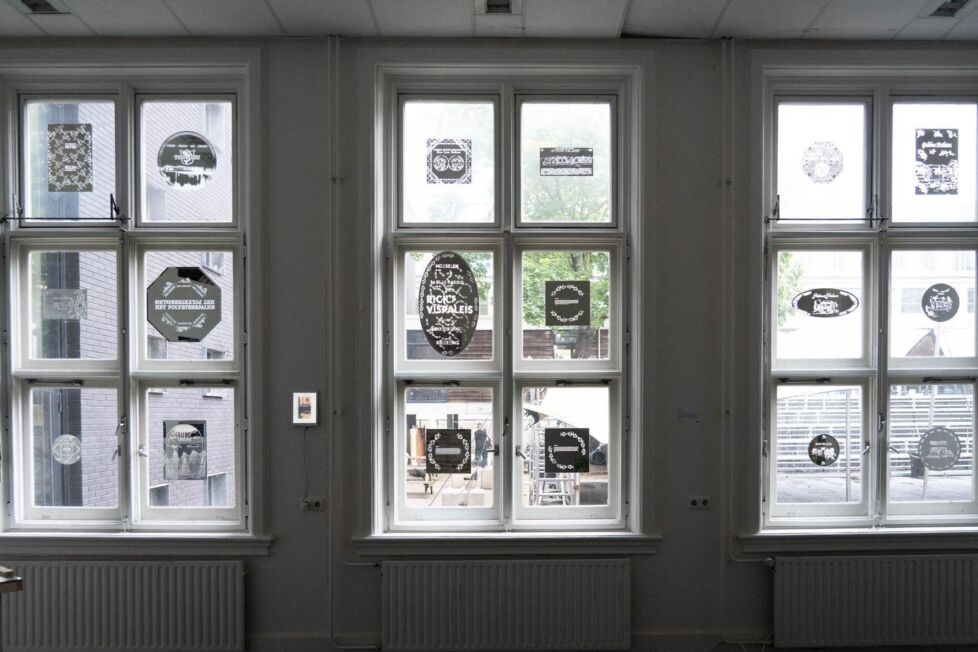
Eszter Nagy (b. 1997, Hungary, lives and works in The Hague) is an audiovisual designer and visual artist working in the field of working class representation and the material culture of everyday life. Her practice is based on interacting with communities and understanding their habits and meeting places. Eszter graduated from the Moholy-Nagy University of Art and Design (BA, Media Design) in 2021 and from the Royal Academy of Art, The Hague (MA, Non Linear Narrative) in 2023.
- Julie Merlino
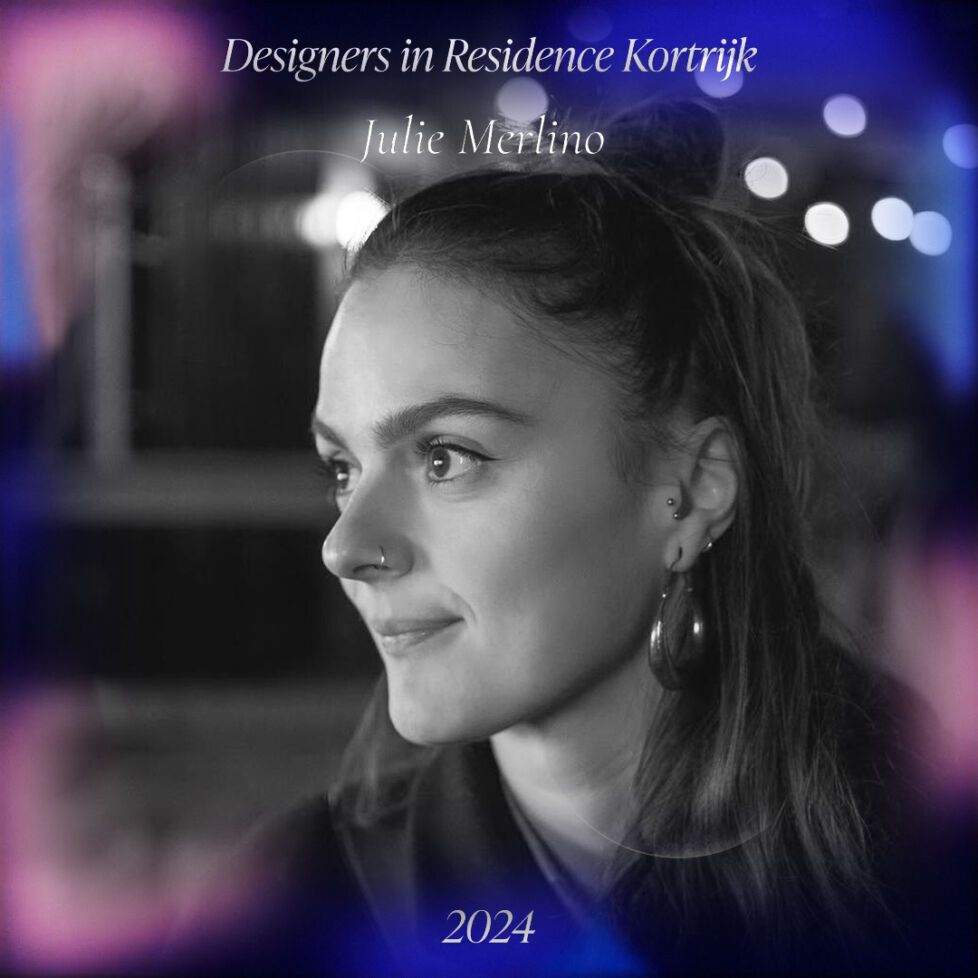
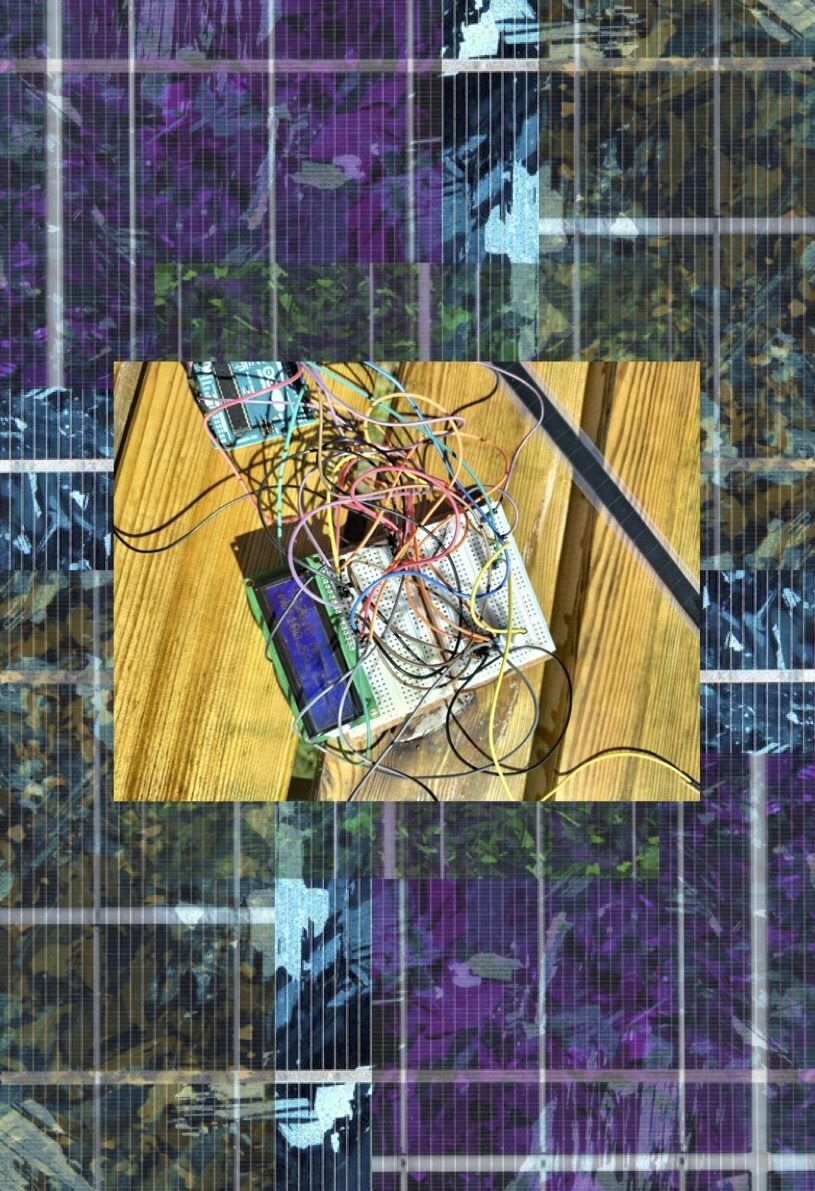
Julie Merlino is a French interdisciplinary designer based in Amsterdam who focuses on material design, solar energy and storytelling. Driven by the desire to implement fresh and inspiring perspectives that invite people to connect with their environment, Julie is particularly involved in raising awareness of the potential of solar energy from a tactile and sensory perspective.
- Yufei Gao
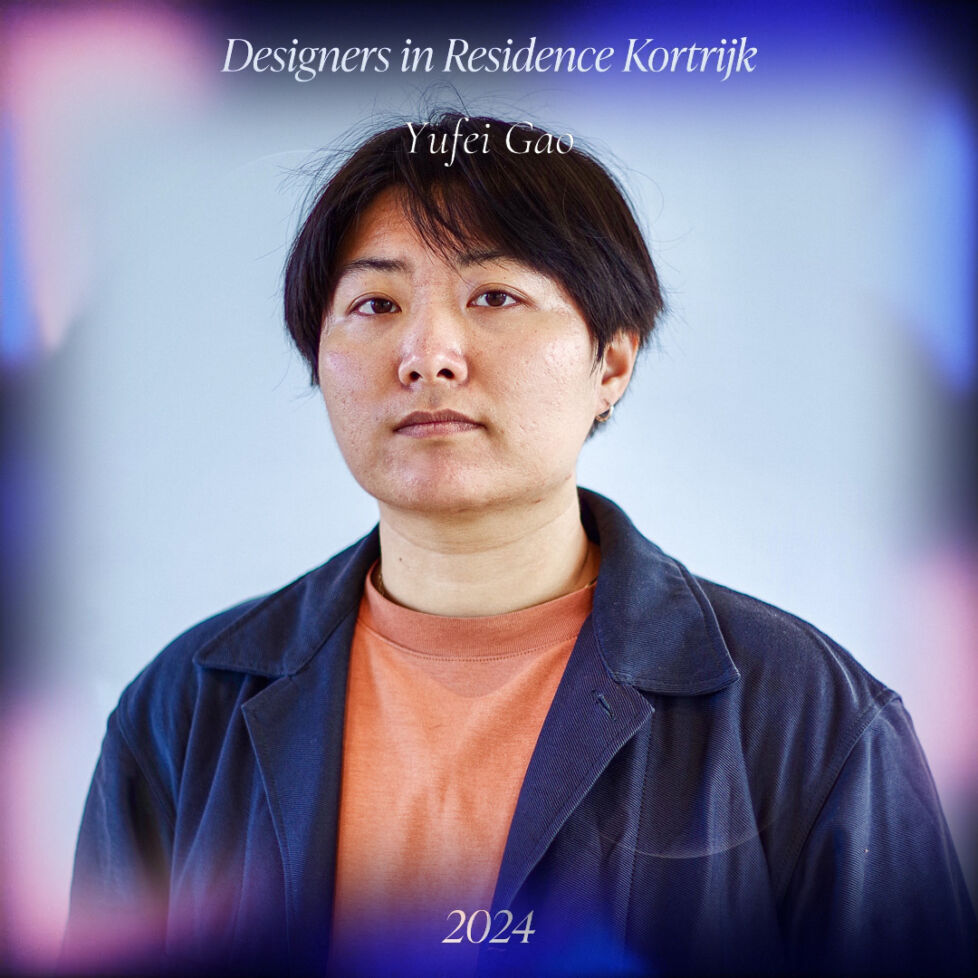
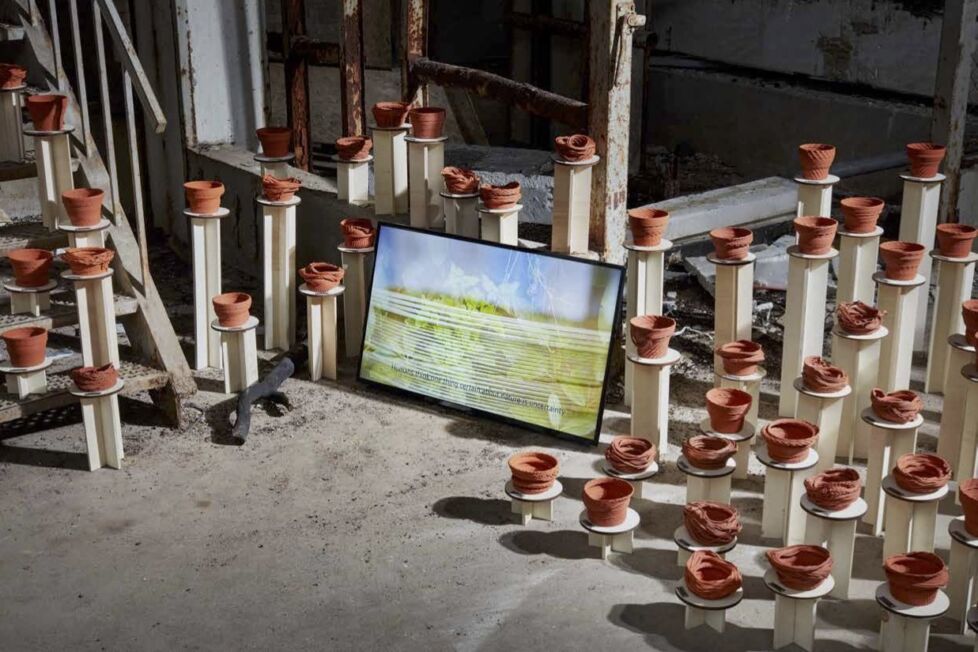
Yufei Gao is an Eindhoven-based multidisciplinary designer and researcher. She conveys narrative in mixed media, including writing, filmmaking, physical objects and more. Since graduating from Design Academy Eindhoven in 2023, her focus has been on the relationship between humans, non-humans and technology. Her graduation project "Gaia, how are you today?" is a series of 3D printed ceramic pots parametrically designed with weather data, with storytelling for environmental awareness as the main driver.
All the Small Things
In collaboration with Design Museum Gent, the theme "All the Small Things" was chosen for this anniversary edition. "All the Small Things" aims to focus on the role of small details in creating a sustainable future. It explores the possible relationships and synergies between low-tech and high-tech design to find sustainable design solutions for the future.
In the search for sustainable design solutions for the future, this edition explores the possible relationships and synergies between low-tech and high-tech design. Low-tech and high-tech are not opposites, but rather a spectrum where different technologies complement each other; in terms of scale, focusing on the size and scope of a technological system but also in terms of their rapport. By combining low-tech and high-tech, synergies can emerge that leverage the strengths of both approaches.
"All the Small Things" focuses on four interwoven components:
- Small structures
Small Structures is about implementing low-tech strategies to explore different positive directions for a future with a better quality of life and less global dependence. Smaller scales offer the advantage of being easier for communities and individuals to make their own in different ways and promote diversity within the community. These design solutions and practices organize around small structures to also provide a (regional) counterbalance to big tech.
- Small/humble origins
Forms of regenerative design hark back to vernacular strategies such as permaculture for shaping design solutions. Low-tech departs from a critical attitude toward technology and its relationship to the "new" but also in terms of intelligence. Small organisms, structures and information counterbalance the big data that feed algorithms in their decision-making mechanisms. For example, by reverting to sensory "primal technologies" such as smell, taste and sight, and also giving a voice to non-human actors, the individual becomes central again in a world dominated by technology.
- Small problems/threads
Urgent issues on a large scale, such as climate change, migration, health and the economy, often seem insurmountable and abstract. To deal with these, there is a need for manageable narratives that empower people to take action. Viewing these problems on a smaller, relatable scale and focusing on individual experiences can help counter feelings of alienation and indifference and enable people to (re)act.
- Small disruptions
The festival encourages or makes space for making known small disruptions (disruptions) that can contribute to positive change. By creating synergy effects, promoting awareness, stimulating systemic change and empowering the individual, small things can contribute to a bigger picture and have a positive impact on the planet and society.



